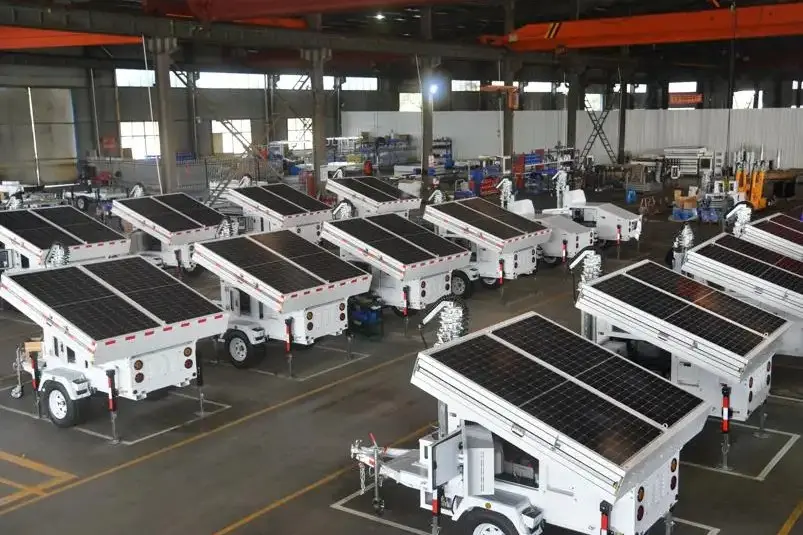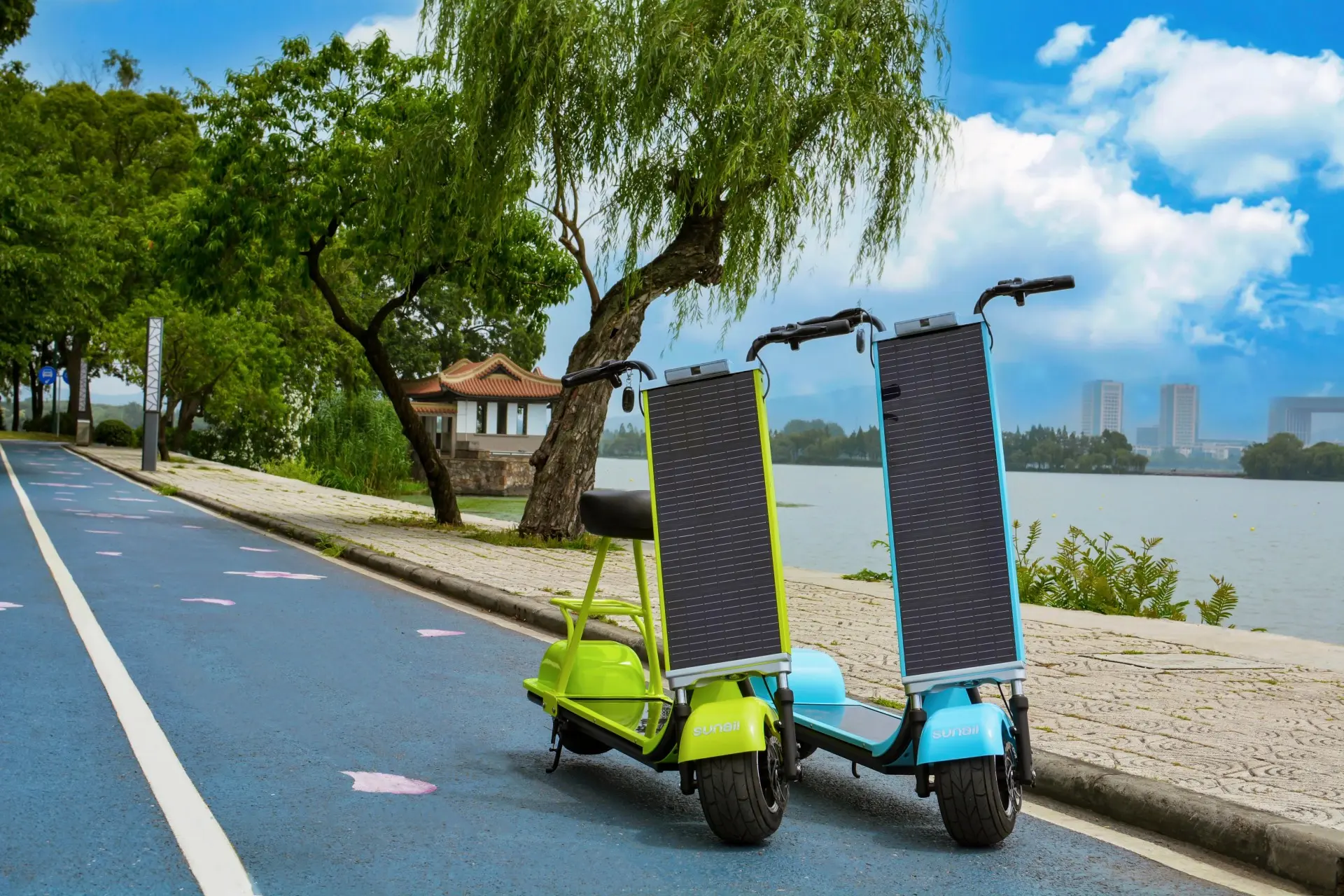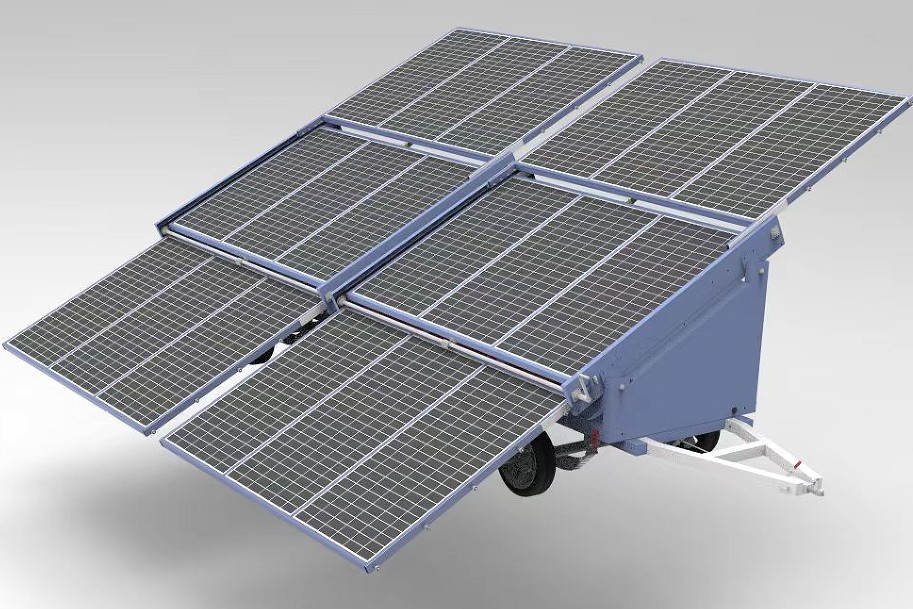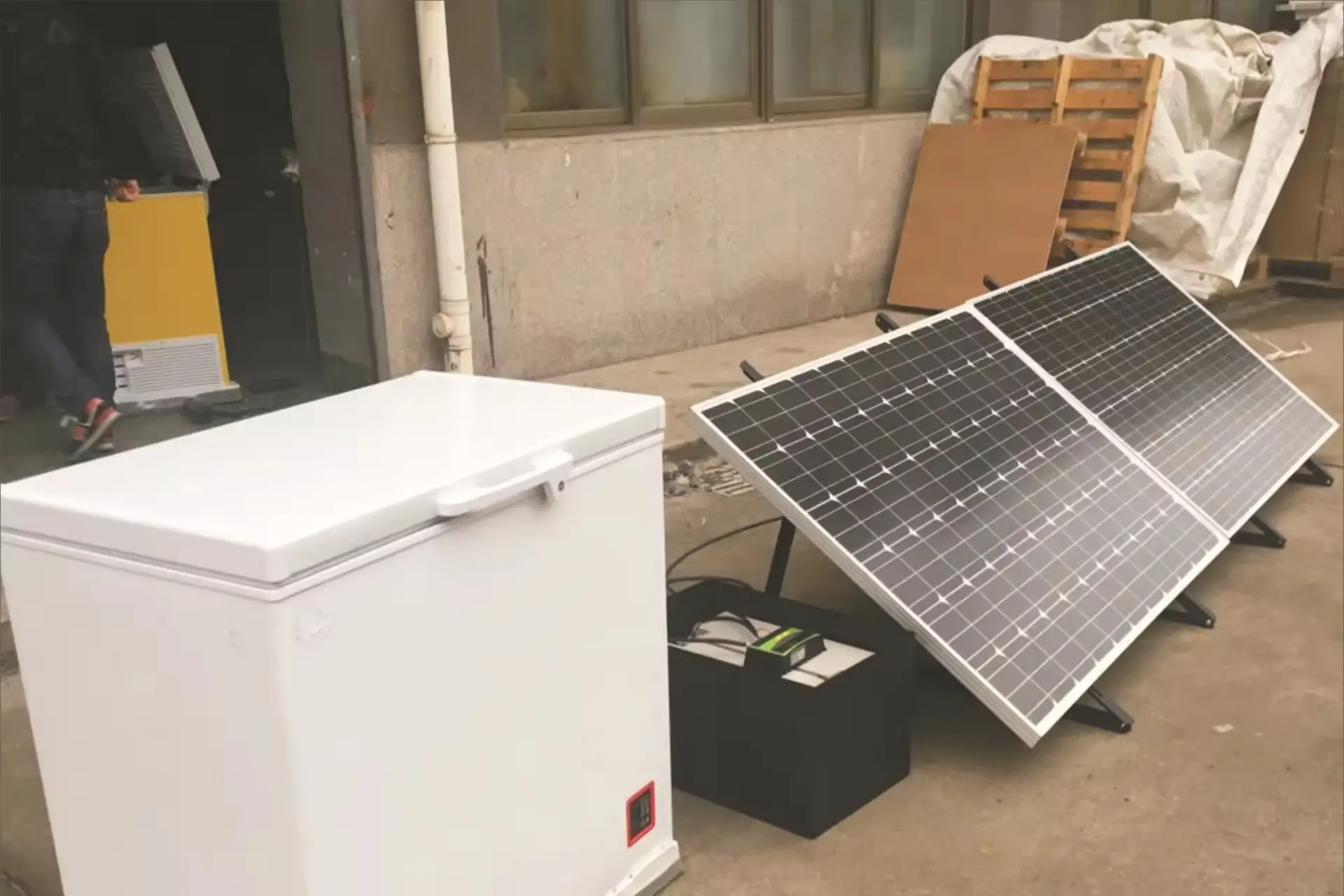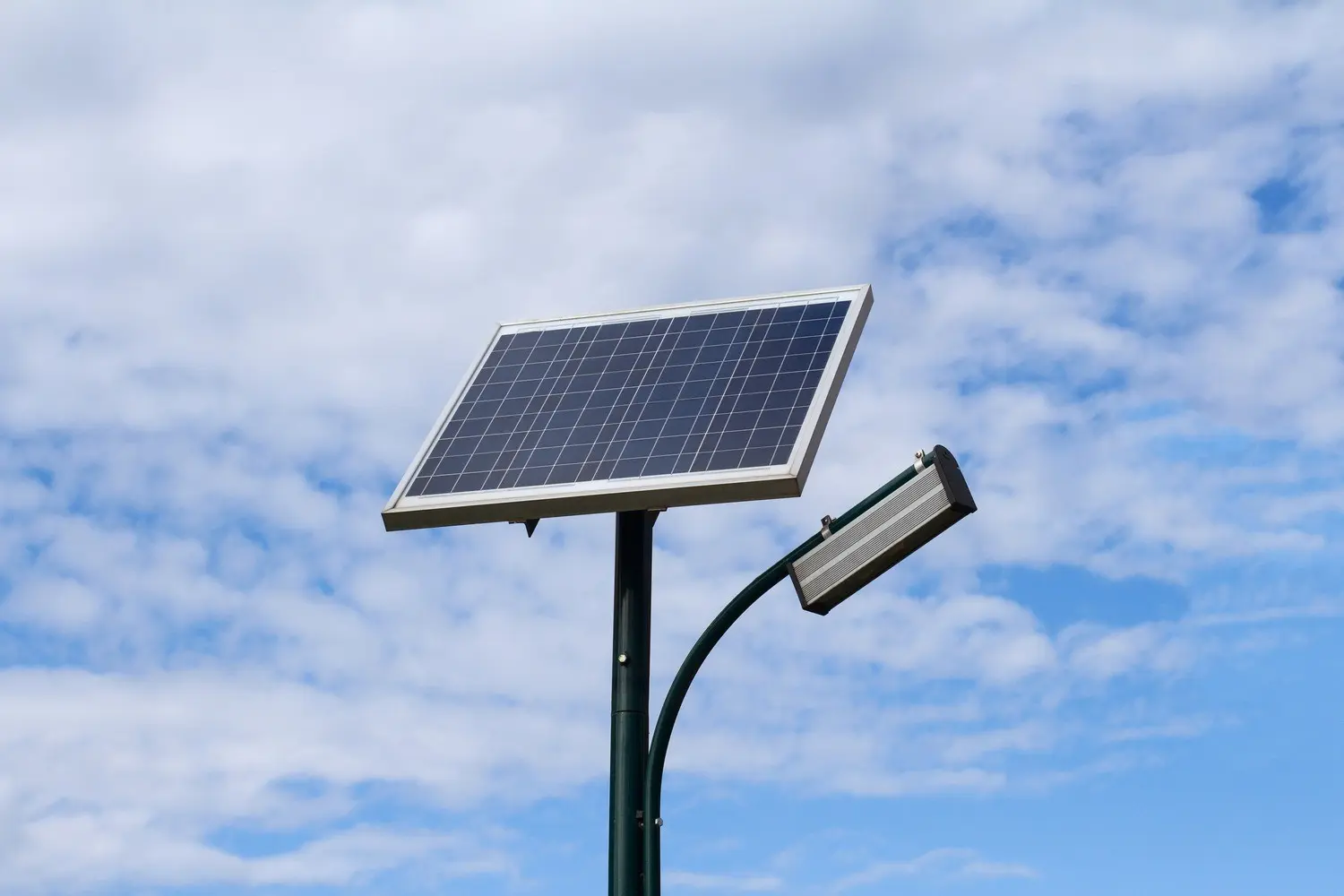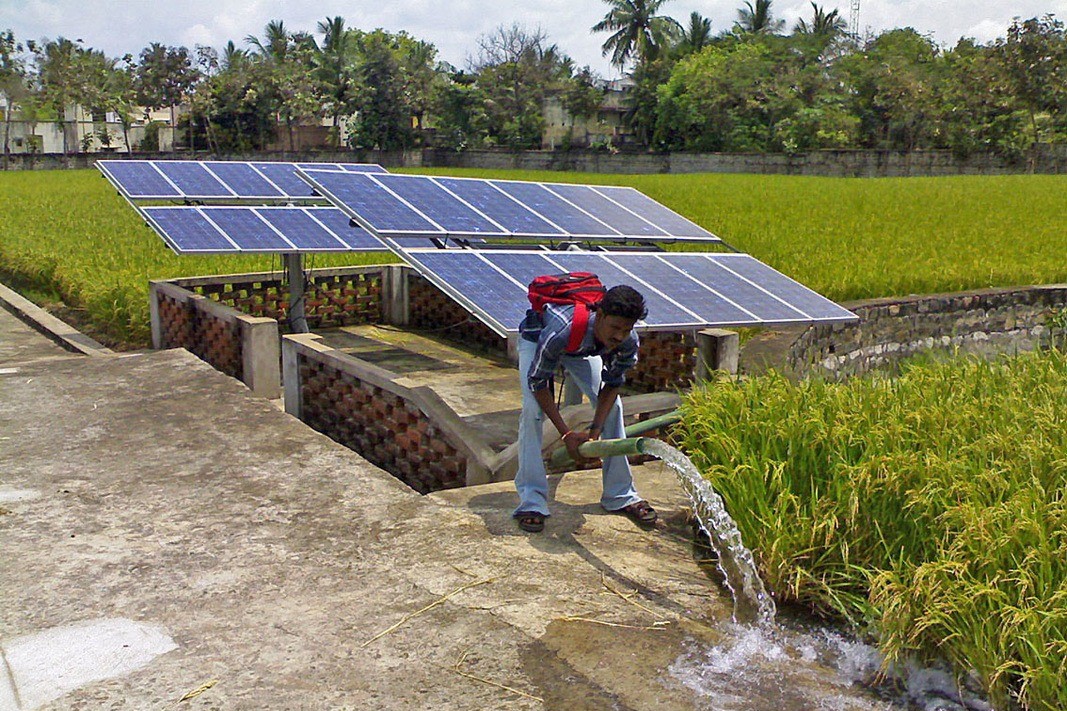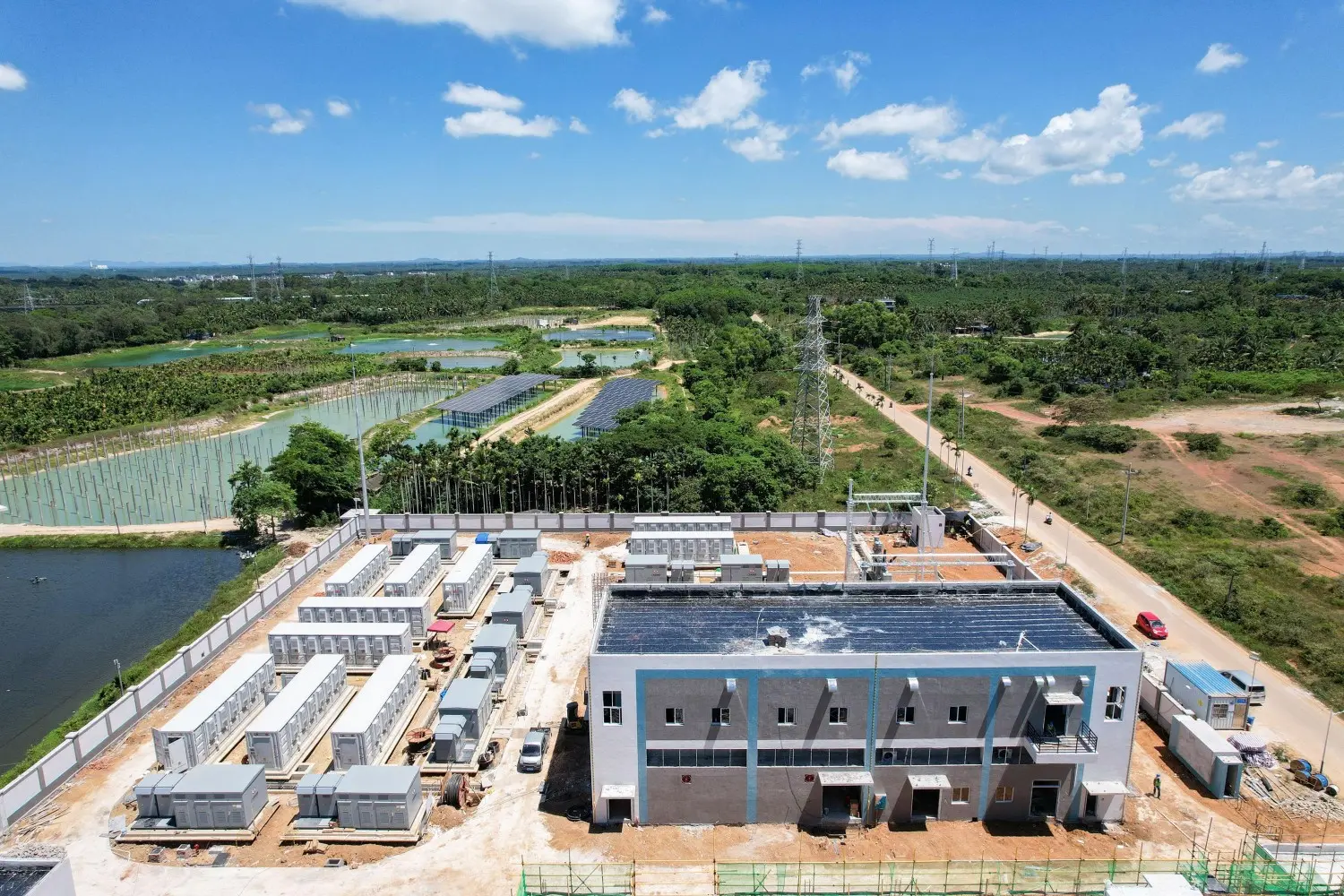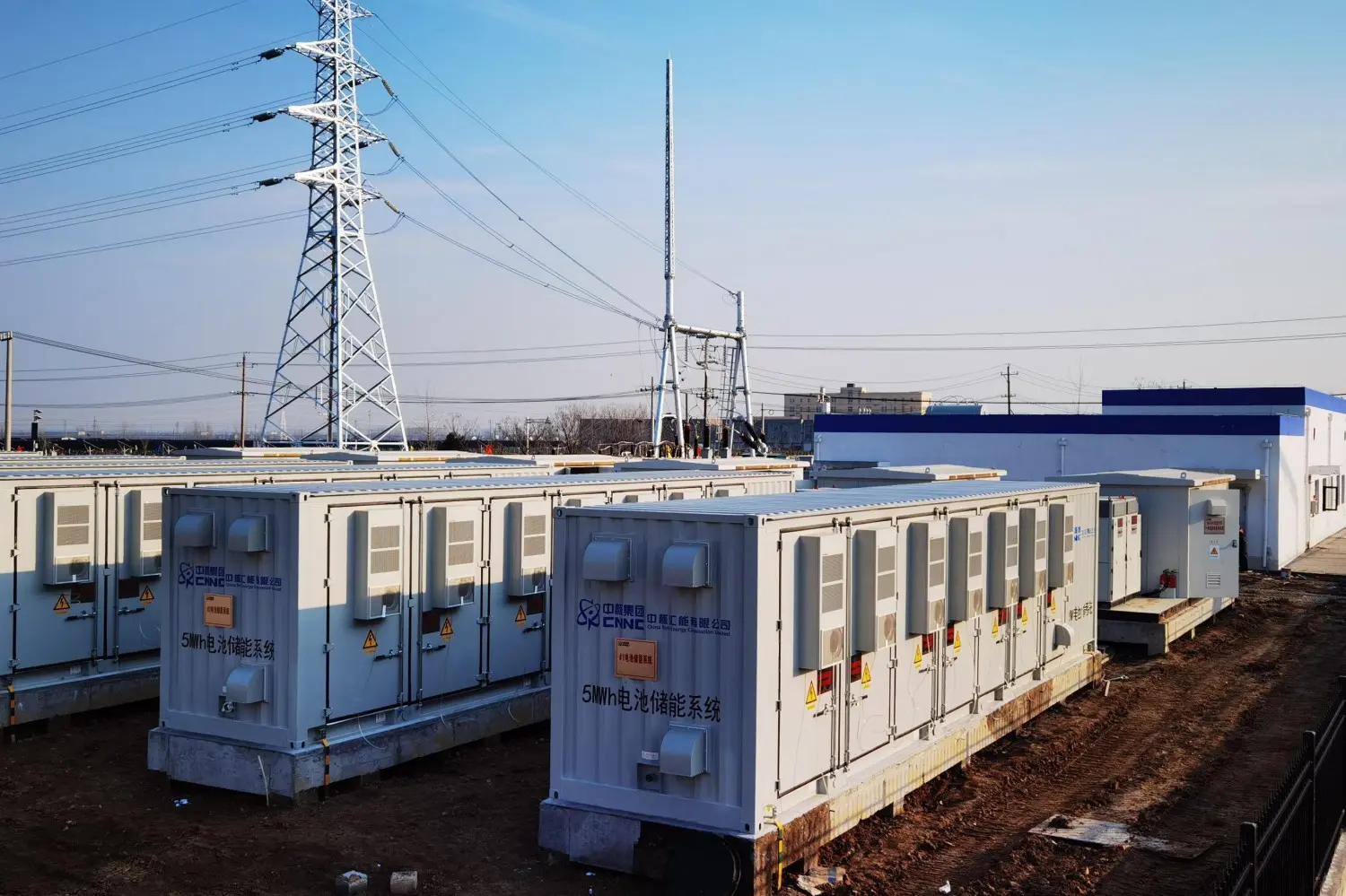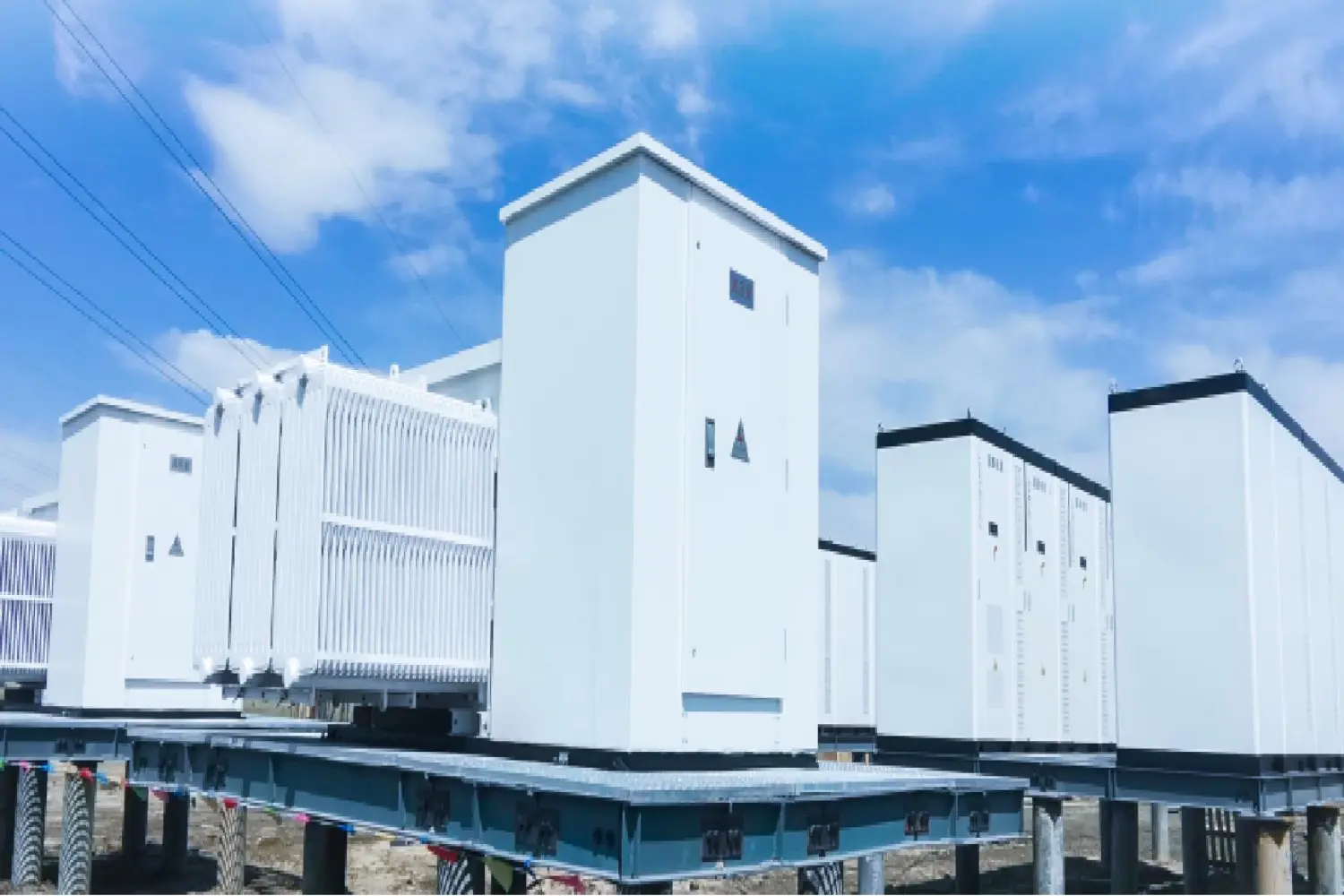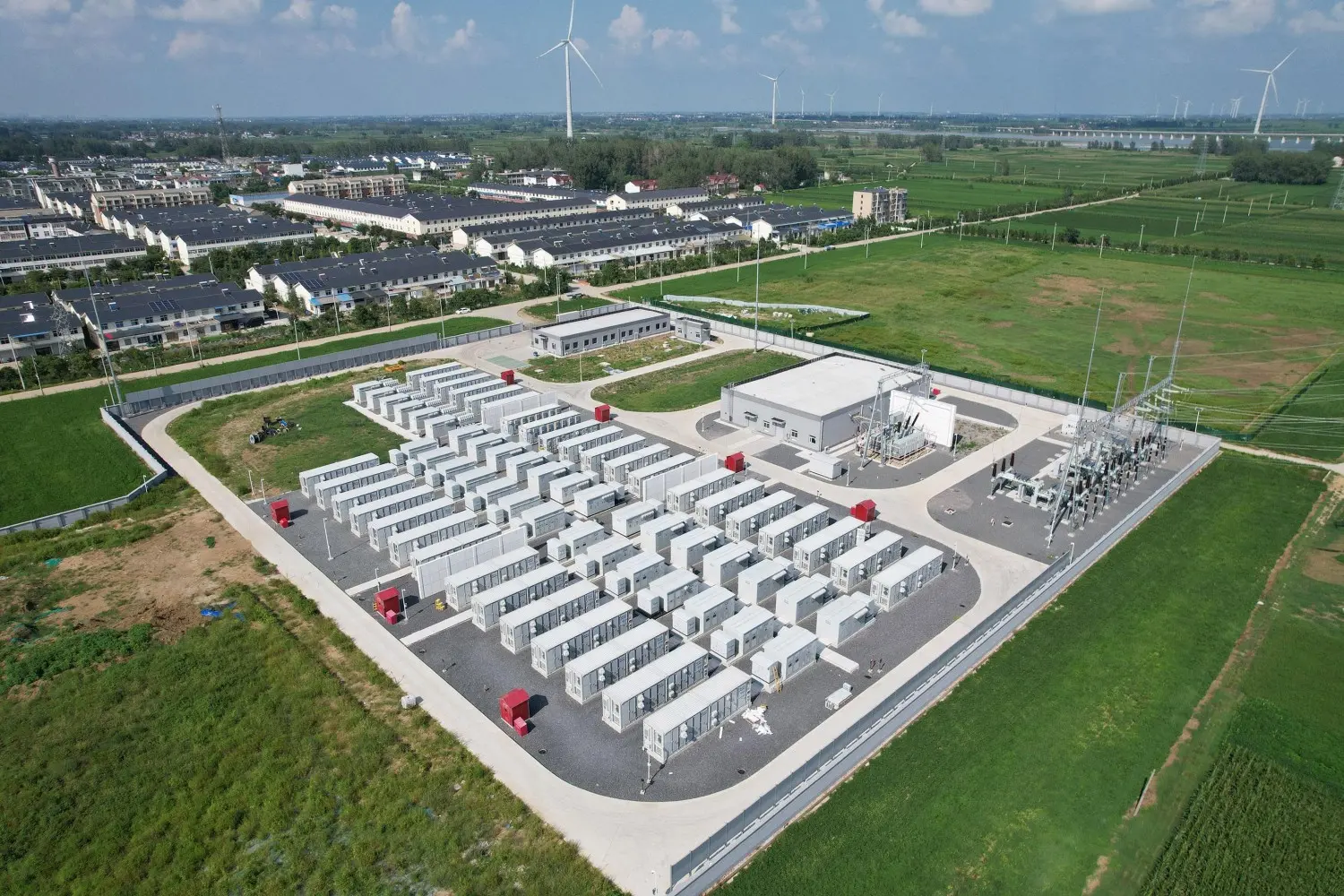18KW Grid-Connected Solar Energy System in the Philippines
8KW Grid-Connected Solar Energy System in the Philippines
Client: Mario, a homeowner in the Philippines
Client’s Needs: Lower electricity bills and maximize the use of abundant sunlight.
Challenges and Communication:
Mario wanted a system that could reduce his grid dependency while ensuring that surplus energy could be sold back to the grid. After evaluating his energy consumption and roof structure, we designed an 18KW grid-connected system tailored to his needs.
Final Configuration:
- System Size: 18KW PV System
- Features: Net metering capability to sell surplus energy back to the grid.
- Key Benefits: Reduced electricity bills, additional income from surplus energy, and a sustainable lifestyle.
Mario’s system is now operational, significantly cutting his energy expenses while allowing him to earn from excess energy.
Ready to harness the power of the sun and reduce your electricity bills? MH Energy can design and install a custom grid-connected solar system for you. **Contact us today** for a free consultation!
The difference between a grid-connected solar power system and an off-grid solar power system lies primarily in their connection to the electricity grid and how they manage energy.
Grid-Connected Solar Power System
A grid-connected solar system, also known as an on-grid system, is directly connected to the local electricity grid. Here's how it works:
- Connection to the Grid: This system is linked to the utility grid, meaning any excess energy generated by the solar panels can be fed back into the grid. In some regions, homeowners or businesses can receive credits or payments for the energy they send back, a process known as net metering.
- Backup Power: When the solar panels aren’t producing enough energy (e.g., at night or on cloudy days), electricity is drawn from the grid to meet the demand.
- No Need for Batteries: Since the grid serves as a backup, a grid-connected system typically doesn’t require batteries for energy storage. This can lower the upfront cost of installation.
- Cost Efficiency: A grid-connected system is usually less expensive than an off-grid system because there’s no need to install expensive battery storage.
- Ideal for Urban and Suburban Areas: These systems are well-suited for locations with easy access to the grid and regions with net metering policies.
Advantages:
- Lower upfront cost (no need for batteries).
- Can earn credit or compensation for excess energy.
- Reliable backup power from the grid.
Disadvantages:
- No backup power during a grid outage unless you have a battery backup or special inverter (some areas may have restrictions on exporting power).
Off-Grid Solar Power System
An off-grid solar system is independent of the electricity grid. It’s designed to generate and store energy entirely on its own. Here’s how it works:
- Battery Storage: Since the system isn’t connected to the grid, excess energy produced by the solar panels is stored in batteries for later use, particularly during nighttime or periods of low sunlight.
- Energy Autonomy: Off-grid systems are ideal for remote locations or areas with unreliable grid access. They allow complete energy independence, as they don’t rely on the local power company.
- Larger Upfront Investment: Off-grid systems tend to be more expensive to install due to the need for batteries, charge controllers, and additional equipment.
- Sizing is Critical: The system must be sized carefully to ensure that enough energy is produced and stored to meet all of the energy needs of the property, including during periods of low sunlight or high demand.
- No Utility Grid Backup: In the event that the system doesn’t produce enough energy or battery reserves are depleted, the homeowner or business must find an alternative power source, like a generator.
Advantages:
- Complete energy independence from the grid.
- Ideal for remote locations without grid access.
- Can be customized to meet specific energy needs.
Disadvantages:
- High upfront costs (batteries and additional equipment).
- Maintenance and monitoring are required for both solar panels and batteries.
- Limited power during extended cloudy or rainy periods unless sized large enough.
Key Differences at a Glance:
| Feature | Grid-Connected System | Off-Grid System |
| Grid Connection | Connected to the utility grid | Independent from the grid |
| Energy Storage | No storage (unless optional battery) | Requires batteries for energy storage |
| Energy Use | Excess energy can be sent back to the grid, and energy is drawn from the grid when needed | All energy must be stored and used from the solar system |
| Cost | Lower upfront cost (no batteries needed) | Higher upfront cost (batteries and additional equipment needed) |
| Backup Power | Backup provided by the grid | No backup power unless a generator is added |
| Best For | Areas with reliable grid access, where net metering is available | Remote areas with no grid access or areas with unreliable power supply |
| Maintenance | Minimal, typically just panel cleaning | Requires maintenance for batteries and charge controllers |
Which System is Right for You?
- Grid-connected systems are ideal for homeowners or businesses who want to save on energy bills without investing in expensive battery storage, especially in areas with reliable electricity and net metering programs.
- Off-grid systems are perfect for those who live in remote locations without access to the utility grid or want complete energy independence, though it requires a larger initial investment and more careful system design to ensure energy needs are met year-round.
Choosing the right system depends on your energy goals, location, and budget. If you want more flexibility, savings, and potentially fewer long-term costs, a grid-connected system might be your best option. However, if you prioritize complete independence from the utility grid, an off-grid system could be the ideal choice.
Contact us now
To start your journey toward sustainable living!


